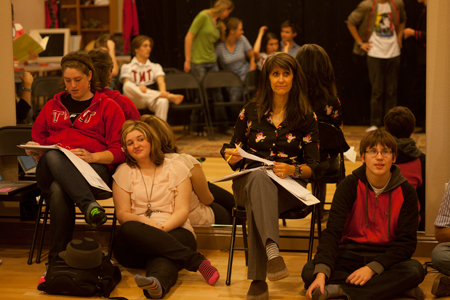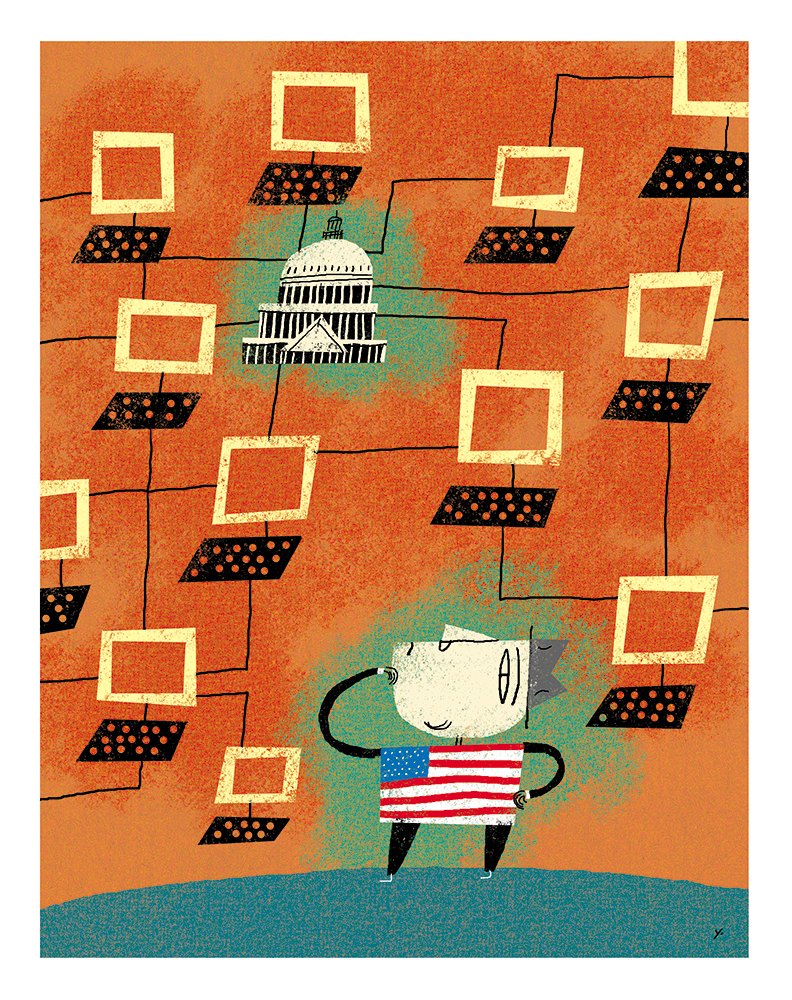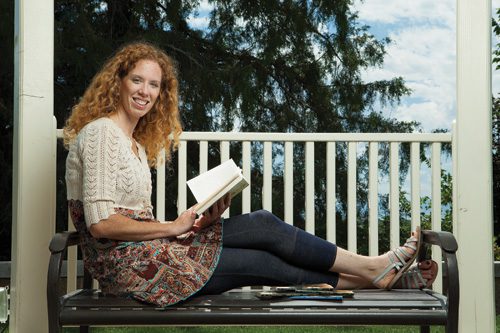By Carri Jenkins, ’83
AS one of 276 schools to participate in the first National Survey of Student Engagement (NSSE), BYU is exploring new ways of measuring student learning and institutional effectiveness. Released Nov. 13, 2000, The NSSE2000 Report: National Benchmarks of Effective Educational Practice measures student engagement in activities that research shows are positively related to learning and personal development.
“The NSSE report gives us an extremely rich data set that provides the university with opportunities to contrast and align what we are doing with best practices,” said Addie J. Fuhriman, ’65, assistant to the president for planning and assessment.
Some 63,000 first-year and senior students from 276 colleges and universities filled out The College Student Report in spring 2000. More than 1,000 BYU students responded to the survey, half of them freshmen and half seniors.
Survey results are based on 40 questions, which produced five national benchmarks of effective educational practice: level of academic challenge, active and collaborative learning, student interactions with faculty members, enriching educational experiences, and a supportive campus environment.
BYU was singled out as a high performer in two of the five areas: supportive campus environment and level of academic challenge. Specifically, among other research universities offering doctoral programs, BYU placed in the 100th percentile in the first area and 90th in the latter.
“While we are very pleased by our scores in these areas, BYU did not participate in this survey to gain recognition,” said Alan L. Wilkins, ’72, academic vice president at BYU. “Our intent is to use this report to help us evaluate the way students are engaged in learning at the university and what we can do to provide a better learning environment.”
For instance, in the area of active and collaborative learning, where BYU ranked in the 60th percentile for first-year students and the 70th percentile among seniors, the university identified some differences between freshmen and seniors and their involvement in significant learning activities.
Two areas in which BYU fell below national norms were student interactions with faculty members and enriching educational experiences. Although all doctoral-granting research universities reported low faculty interaction,BYU is looking at how other schools encourage faculty interaction.
“The university has already taken steps to make improvements in this area,” said Wilkins. “For example, we are reducing class sizes—especially in the freshman year. We are developing ways to use technology in the classroom, and we are putting resources into involving students in faculty research.”









